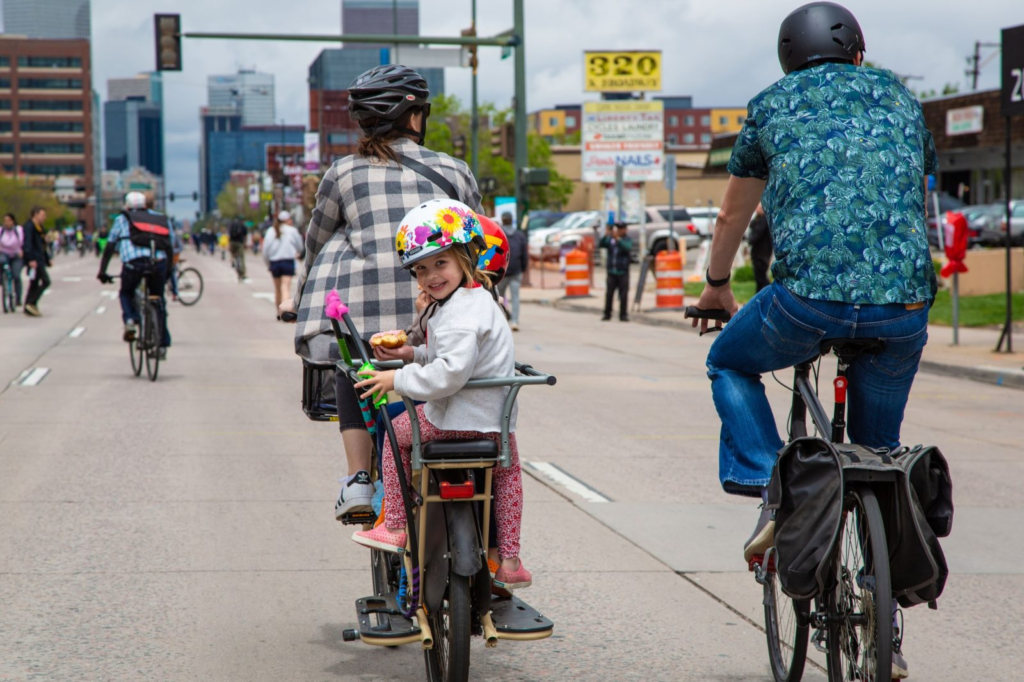Introduction
In the realm of urban planning and revitalization, the Viva initiative stands out as a groundbreaking approach to reimagining public spaces. By temporarily closing streets to motor vehicles and repurposing them for pedestrian and community use, Viva has revolutionized the way cities engage with their residents. This article explores the Viva concept in depth, examining its benefits, implementation strategies, and the transformative impact it has on urban environments.
Understanding Viva Streets
Concept and Purpose
it is a transformative urban initiative that aims to repurpose streets from vehicle thoroughfares to vibrant, pedestrian-centric areas. By temporarily closing streets to cars, the initiative opens up space for a wide range of activities, from casual strolls to organized events. This shift not only redefines the use of public streets but also enhances the quality of urban life.
Historical Context
The origins of Viva can be traced back to earlier urban planning concepts that focused on creating more people-friendly environments. Cities like Bogotá, Colombia, have pioneered similar initiatives with their “Ciclovía” program, which has been a model for other cities worldwide. The success of these programs has influenced the development of Viva, showcasing the potential benefits of temporary street closures.
Benefits of Viva Streets
Strengthening Community Ties
A key benefit of it is its ability to strengthen community ties. By converting streets into car-free zones, residents are encouraged to engage in social activities, fostering a sense of community and shared experience. Events such as street fairs, art installations, and public performances become more accessible, allowing residents to connect and collaborate in meaningful ways.
Promoting Physical Health
it initiatives have a profound impact on public health by promoting physical activity. With streets transformed into safe, pedestrian-friendly spaces, residents are more likely to walk, cycle, or participate in fitness activities. The availability of these spaces supports healthier lifestyles and helps combat issues related to sedentary behavior and obesity.
Economic Impact on Local Businesses
Local businesses benefit significantly from Viva Streets events. The increased foot traffic during street closures often leads to higher customer turnout for nearby shops, restaurants, and cafes. Additionally, the presence of markets and street vendors during these events provides a boost to local economies and supports small business growth.
Environmental Improvements
Environmental sustainability is a core aspect of Viva Streets. By reducing vehicle emissions and encouraging the use of alternative transportation modes, the initiative contributes to improved air quality and reduced traffic congestion. The temporary conversion of streets into green spaces also offers opportunities for urban greening projects, further enhancing environmental benefits.
Implementing Viva Streets
Planning and Coordination
Successful implementation of Viva Streets requires meticulous planning and coordination. Key steps include selecting suitable streets for closure, ensuring proper signage and safety measures, and collaborating with local businesses and community organizations. Effective planning ensures that the initiative runs smoothly and meets the needs of residents.
Engaging the Community
Community engagement is crucial for the success of Viva Streets. Organizers should involve residents in the planning process, gather feedback on event activities, and encourage active participation. Building strong community relationships helps ensure that the initiative aligns with the interests and preferences of residents.
Evaluating Success
Measuring the success of Viva Streets involves evaluating various metrics such as participant numbers, economic impact, and environmental improvements. Surveys, feedback forms, and data analysis provide insights into the effectiveness of the initiative and identify areas for enhancement. Continuous evaluation allows organizers to refine their approach and maximize the benefits of Viva Streets.
Examples of Successful Viva Streets Initiatives
Bogotá’s Ciclovía
Bogotá’s “Ciclovía” is a pioneering example of a Viva Streets initiative. Since its inception in 1974, the program has transformed over 70 miles of city streets into car-free zones every Sunday. Ciclovía has been instrumental in promoting physical activity, reducing traffic congestion, and improving air quality. Its success has inspired similar programs globally, demonstrating the impact of the Viva Streets concept.
New York City’s Summer Streets
New York City’s “Summer Streets” program exemplifies a successful Viva Streets initiative in an urban environment. Each summer, the city closes several miles of streets to motor vehicles, creating a space for pedestrians and cyclists. The program includes various activities such as fitness classes, cultural events, and interactive installations. Summer Streets has significantly enhanced community engagement and provided economic benefits to local businesses.
Challenges and Considerations
Addressing Traffic Concerns
One of the challenges of implementing Viva Streets is managing traffic and transportation during street closures. Effective planning and communication are essential to address potential disruptions and ensure that alternative routes are available. Collaboration with local transportation authorities helps mitigate these challenges and maintain smooth traffic flow.
Ensuring Accessibility
Ensuring accessibility for all residents is a critical consideration in Viva Streets initiatives. Organizers should address the needs of individuals with disabilities and provide accommodations such as ramps and accessible restrooms. Inclusive planning ensures that all members of the community can participate and benefit from the initiative.
Future of Viva Streets
Expanding the Concept
The success of Viva Streets programs suggests a promising future for the initiative. As more cities embrace the concept, we can expect to see an expansion in the scope and frequency of street closures. Future developments may include permanent pedestrian zones, increased integration with public transportation, and enhanced environmental sustainability efforts.

Integrating Technology
The integration of technology could further enhance the Viva Streets experience. Innovations such as real-time traffic monitoring, mobile apps for event coordination, and interactive installations can improve the efficiency and appeal of Viva initiatives. Embracing technological advancements will contribute to the continued success and evolution of the program.
Conclusion
The Viva Streets initiative represents a transformative approach to urban planning, offering numerous benefits for communities, businesses, and the environment. By temporarily closing streets to vehicles and repurposing them for public use, cities can foster stronger community connections, promote healthier lifestyles, and support local economies. As the concept continues to evolve and expand, Viva Streets has the potential to redefine urban living and create more vibrant, sustainable cities for the future.




